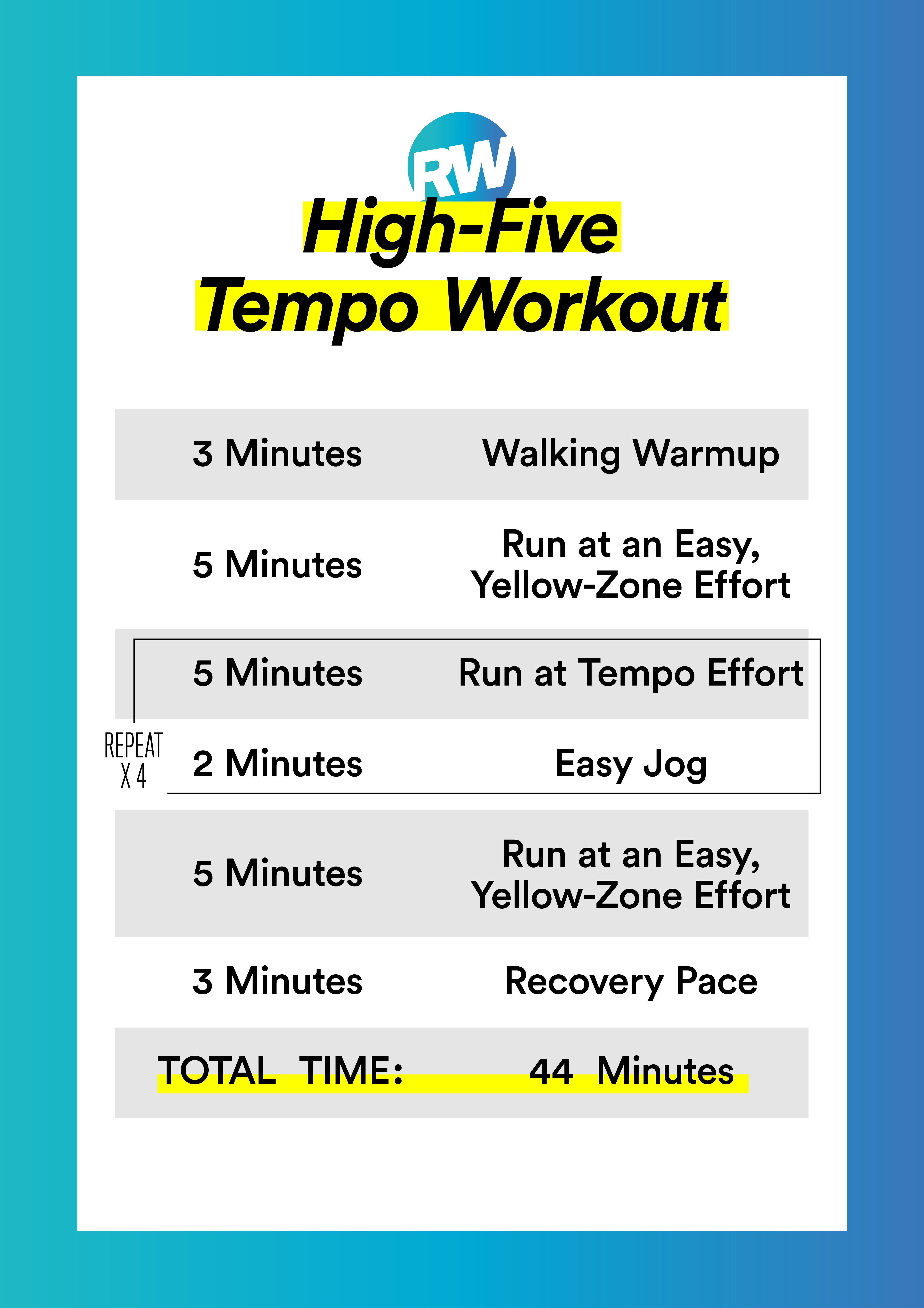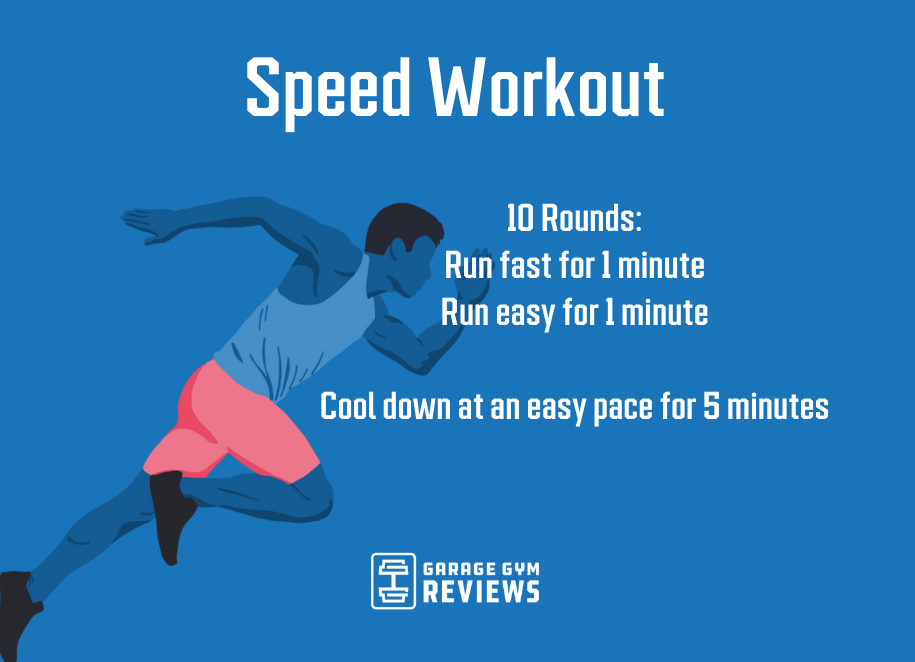Revamp Your Running Strategy: Tips for Enhanced Performance
Revamp Your Running Strategy: Tips for Enhanced Performance
Blog Article
Taking Care Of Usual Running Discomforts: Causes, Solutions, and Avoidance
As joggers, we typically encounter numerous discomforts that can hinder our performance and pleasure of this physical task. From the incapacitating discomfort of shin splints to the unpleasant IT band syndrome, these typical operating discomforts can be frustrating and demotivating. Comprehending the causes behind these ailments is vital in efficiently addressing them. By exploring the origin reasons for these operating pains, we can reveal targeted solutions and safety nets to make sure a smoother and extra satisfying running experience (check out more here).
Typical Running Discomfort: Shin Splints
Shin splints, an usual running discomfort, frequently result from overuse or incorrect footwear during physical activity. The repeated anxiety on the shinbone and the cells affixing the muscular tissues to the bone leads to swelling and discomfort.
To protect against shin splints, individuals should progressively increase the intensity of their exercises, put on proper footwear with appropriate arch assistance, and maintain adaptability and stamina in the muscular tissues bordering the shin (running workout). Additionally, including low-impact tasks like swimming or biking can assist preserve cardio fitness while enabling the shins to heal.
Common Running Pain: IT Band Disorder
In enhancement to shin splints, another common running discomfort that athletes usually run into is IT Band Disorder, a condition triggered by inflammation of the iliotibial band that leaves the external upper leg and knee. IT Band Disorder generally materializes as discomfort on the exterior of the knee, specifically during tasks like running or biking. The iliotibial band is a thick band of fascia that attaches the aware of the shin, and when it comes to be inflamed or limited, it can rub against the thigh bone, causing pain and discomfort.
Runners experiencing IT Band Syndrome might discover a stinging or hurting sensation on the external knee, which can aggravate with continued task. Variables such as overuse, muscle mass imbalances, inappropriate running form, or poor warm-up can add to the development of this problem.
Typical Running Discomfort: Plantar Fasciitis

Plantar Fasciitis can be attributed to various elements such as overtraining, incorrect shoes, operating on difficult surface areas, or having high arcs or level feet. To avoid and minimize Plantar Fasciitis, runners can integrate stretching exercises for the calves and plantar fascia, wear helpful footwear, preserve a healthy weight to minimize stress on the feet, and slowly enhance running intensity to avoid sudden stress on the plantar fascia. If symptoms continue, it is recommended to speak with a healthcare expert for appropriate diagnosis and treatment options to deal with the condition efficiently.
Common Running Pain: Jogger's Knee
After addressing the obstacles of Plantar Fasciitis, an additional prevalent issue that joggers commonly deal with is Runner's Knee, an usual running pain that can hinder sports performance and create pain throughout physical task. Runner's Knee, also called patellofemoral discomfort syndrome, manifests as discomfort around or behind the kneecap. This condition is frequently attributed to overuse, muscular tissue discrepancies, improper running methods, or problems with the positioning of the kneecap. Joggers experiencing this pain might feel a plain, aching discomfort while running, going up or down staircases, or after prolonged durations of sitting. To protect against Runner's Knee, it is crucial to integrate correct warm-up and cool-down regimens, maintain solid and balanced leg muscular tissues, wear proper shoes, and slowly raise running intensity. If signs linger, consulting from a health care specialist or a sports medicine expert is advised to diagnose the underlying cause and establish a tailored treatment strategy to alleviate the pain and stop more complications.
Usual Running Discomfort: Achilles Tendonitis
Commonly afflicting joggers, Achilles Tendonitis is an uncomfortable condition that impacts the Achilles tendon, causing discomfort and potential limitations in physical activity. The Achilles ligament is a thick band of cells that attaches the calf bone muscular tissues to the heel bone, critical for tasks like running, leaping, and walking - browse this site. Achilles Tendonitis often creates as a result of overuse, inappropriate shoes, insufficient extending, or abrupt boosts in exercise
Signs of Achilles Tendonitis consist of pain and rigidity along the tendon, particularly in the early morning or after periods of lack of exercise, swelling that aggravates with task, and possibly bone spurs in persistent cases. To stop Achilles Tendonitis, it is essential to stretch appropriately before and after running, use appropriate footwear with appropriate assistance, gradually enhance the strength of workout, and cross-train to reduce repetitive anxiety on the tendon.
Final Thought

Report this page